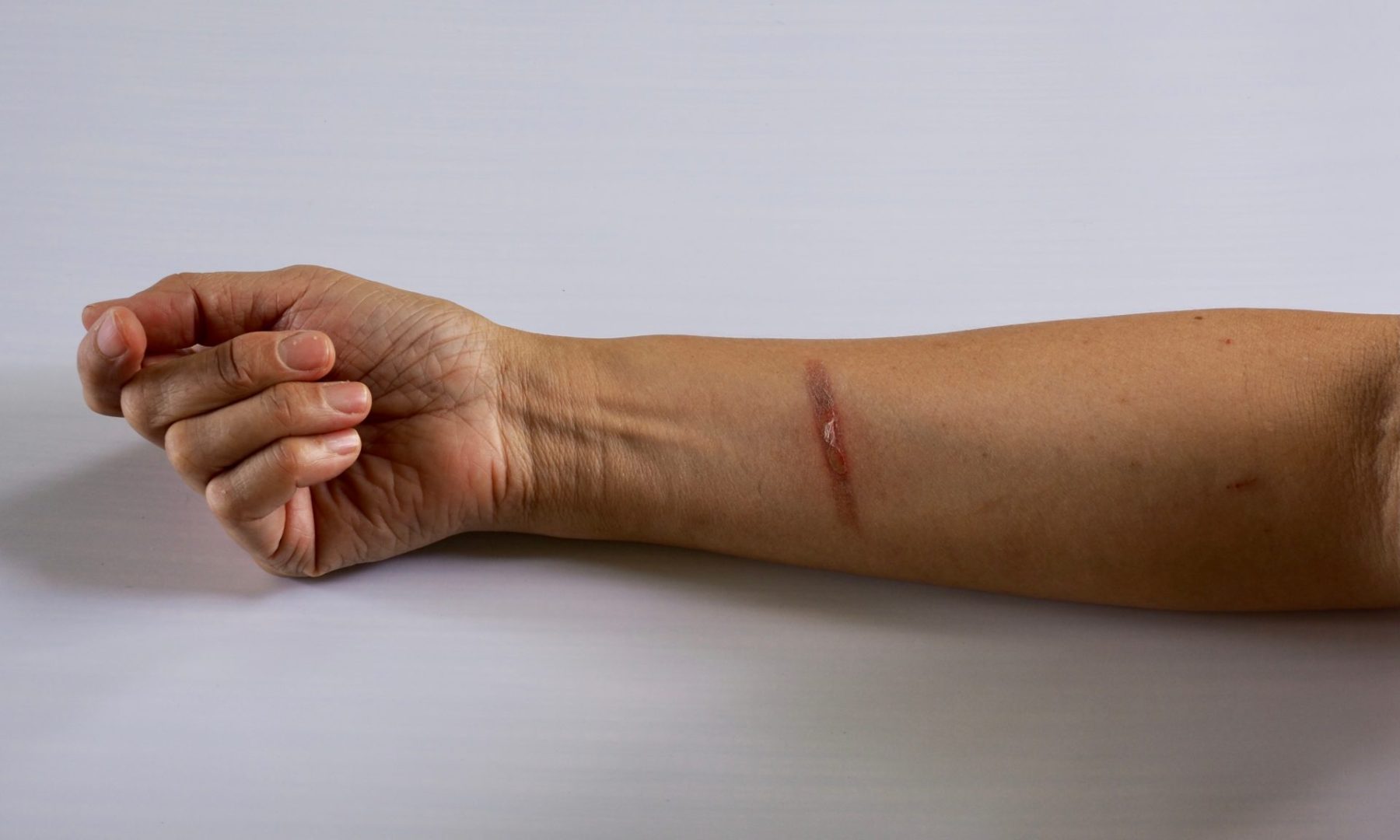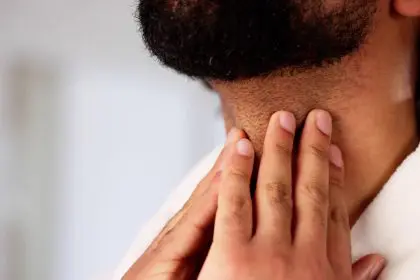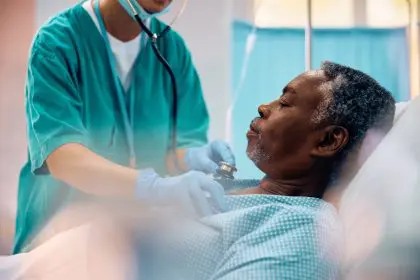The sudden searing pain of a burn triggers an instinctive reaction—often the wrong one. That critical first minute after thermal contact determines the difference between rapid healing and permanent scarring. Despite common misconceptions, the initial treatment window isn’t hours or even minutes, but seconds.
Research consistently demonstrates that proper intervention within the first 60 seconds after a burn significantly reduces tissue damage, prevents deepening of the injury, minimizes scarring, and accelerates healing time. This narrow timeframe represents the window when damaged cells remain viable and intervention can prevent the cascade of inflammatory responses that lead to further tissue destruction.
Burn injuries affect approximately 450,000 Americans severely enough to require medical treatment annually, with countless more minor burns treated at home. The majority of these injuries occur in kitchens and bathrooms—everyday environments where immediate, correct response matters most.
While many assume that all burns present similar challenges and require identical treatment, the reality proves far more nuanced. The source of the burn—whether thermal (heat), chemical, electrical, or radiation—fundamentally changes the appropriate immediate response. Even within thermal burns, critical differences exist between dry heat (fire, hot metal) and moist heat (steam, hot liquids) injuries.
The following seven steps, when implemented within the first 60 seconds after injury, provide the optimal foundation for recovery regardless of burn type or severity. These evidence-based interventions address the immediate biological processes occurring within damaged tissue while preventing the common errors that exacerbate injury.
Remove from the heat source immediately
The first crucial step, occupying the initial 1-3 seconds after burn occurrence, involves completely removing the affected area from the burning agent. This seemingly obvious step often receives insufficient attention in the panic following injury, resulting in prolonged exposure that significantly worsens outcomes.
For burns involving clothing, particularly synthetic fabrics which may melt into skin, removing the garment within the first few seconds proves critical. If clothing adheres to the skin, however, attempting removal can cause additional damage by separating newly forming tissue layers. In such cases, cutting around the adhered portion remains the safer approach.
With liquid burns, immediately removing soaked clothing prevents the hot liquid from continuing to transfer heat into the skin. The temperature gradient between a hot liquid and body tissue allows continued damage even after the initial contact, making rapid clothing removal essential rather than optional.
For chemical burns, removing the caustic substance within the first seconds prevents ongoing tissue destruction. Brushing off dry chemicals before irrigation reduces the reaction intensity when water gets applied. With chemical exposures, speed of substance removal directly correlates with injury depth and long-term outcome.
With electrical burns, disconnecting the power source without creating a second victim takes precedence. Using non-conductive materials to separate the injured person from the electrical source prevents injury to rescuers while stopping ongoing tissue damage from electrical current.
Cool the burn with running water for 20 minutes
Immediate cooling of the burned area represents the most crucial intervention within the first 60 seconds. Running room temperature water (approximately 68-77°F/20-25°C) over the burned area dissipates heat trapped in tissues, halting the cooking process that continues even after removal from the heat source.
The temperature of the cooling water significantly impacts effectiveness. Cold or ice water causes vasoconstriction, reducing blood flow to already compromised tissues and potentially deepening the injury. Water that’s too warm fails to adequately extract heat from damaged tissue. Room temperature water provides optimal cooling without compromising circulation.
The running aspect of water application matters substantially. Static water quickly reaches equilibrium with the burn temperature, losing its cooling effectiveness. Running water continuously carries away heat, providing sustained temperature reduction at the injury site.
Timing proves equally critical—cooling should begin immediately and continue for a full 20 minutes. Studies monitoring tissue temperature after burns show that heat dissipation from deeper layers continues well beyond the first few minutes, with complete normalization requiring approximately 20 minutes of continuous cooling.
For burns in areas without easy access to running water, continuously replacing water in a basin approximates the effect. The important principle remains keeping the water moving to maintain the temperature gradient that draws heat from the tissue.
For chemical burns, water irrigation serves dual purposes—both cooling the tissue and diluting the caustic agent. The volume of water matters substantially with chemical exposures, with high-volume irrigation providing superior dilution and removal of the injurious substance.
For facial burns, protecting airways while cooling presents a challenge. Splashing water or applying soaked clean cloths provides cooling without risking aspiration of water into the respiratory system.
Remove constricting items near the burn site
Within the first 60 seconds after initiating cooling, removing potentially constricting items from the burn area and adjacent tissues prevents complications from the swelling that invariably follows thermal injury. Rings, watches, bracelets, and tight clothing can become dangerous tourniquet-like constraints as tissue edema develops.
The window for easy removal of these items closes rapidly as swelling progresses. What slides off easily in the first minute may require cutting tools hours later. This window appears particularly narrow with circumferential burns that affect the entire circumference of an extremity.
Jewelry on fingers adjacent to burned hands warrants removal even if those fingers appear unaffected initially. The inflammatory response triggered by burn injuries often extends beyond visible damage, causing swelling in seemingly uninvolved areas.
Belts, tight waistbands, and form-fitting clothing near burn sites should be loosened or removed immediately. The progressive nature of burn swelling means that comfortable-seeming clothing at the time of injury may become problematically tight within hours.
Medical devices like blood pressure cuffs, splints, or braces require prompt removal or loosening when near burn sites. The pressure these devices apply to tissues can compromise already tenuous circulation in damaged areas.
For burns occurring in areas with previous scar tissue, constriction risk increases substantially. Scar tissue lacks the elasticity of normal skin, creating a rigid band that can further compromise circulation as surrounding tissues swell.
Cover the burn with a clean, dry non-adhesive material
After cooling for at least 10-15 seconds (while continuing the full 20-minute cooling process), covering the burn with a clean, dry, non-adhesive material provides several protective benefits. This covering prevents airborne contamination, reduces pain from air exposure over nerve endings, and maintains a stable environment for early healing.
The ideal covering possesses specific characteristics: clean to prevent infection, non-adhesive to avoid disrupting fragile tissues during later removal, and dry after the cooling process completes to prevent maceration of damaged skin.
Clean kitchen plastic wrap provides a surprisingly effective temporary burn covering when medical supplies aren’t available. Its non-adherent surface prevents sticking to the wound while creating a protective barrier. Importantly, it should only be applied after adequate cooling, never during the initial cooling process.
For facial burns, covering presents unique challenges. Leaving facial burns uncovered while ensuring cleanliness of the environment often provides the best approach, as improper coverings can restrict movement or breathing.
Burns crossing joint surfaces warrant special consideration when covering. Positioning the joint in the position of function before applying coverings prevents restriction of movement that can lead to long-term functional impairment.
Burn coverings should be applied loosely rather than wrapped tightly, accommodating the swelling that follows. Circumferential wrapping should generally be avoided in the early stages, as it can create constriction similar to jewelry or tight clothing.
The covering applied in these first 60 seconds serves as temporary protection until proper medical dressing can be applied. Its primary purpose is providing a clean barrier rather than therapeutic intervention.
Assess burn size and depth accurately
While continuing the cooling process, a rapid but systematic assessment of the burn’s characteristics guides subsequent decisions about home treatment versus medical care. This assessment ideally begins around 30 seconds after injury, once the initial interventions are underway.
Size estimation uses anatomical landmarks rather than precise measurements in these early moments. The “rule of nines” provides a rough guide: each arm represents approximately 9% of body surface area, each leg about 18%, the front torso 18%, the back 18%, the head 9%, and the genital region 1%.
For smaller burns, comparing the affected area to the size of the injured person’s palm (including fingers) provides a useful reference point, with one palm representing approximately 1% of total body surface area.
Depth assessment requires careful observation of the burn’s appearance. Superficial burns (formerly called first-degree) appear red, dry, and painful, affecting only the outermost skin layer. Partial-thickness burns (second-degree) develop blisters, present with moist, weeping surfaces, and cause intense pain. Full-thickness burns (third-degree) appear dry, leathery, and may be white, brown, or charred, with significantly reduced pain sensation due to nerve damage.
The presence of certain characteristics warrants immediate medical attention regardless of size: circumferential burns (those encircling an extremity or body part), burns involving joints, genitals, face, hands, or feet, and burns occurring in very young children or elderly adults all require professional evaluation.
This early assessment guides the critical decision between continuing home care versus seeking immediate medical intervention. For burns larger than 3% of body surface area, deeper than superficial partial-thickness, or occurring in critical locations, emergency medical services should be contacted within this first 60-second window.
Manage pain appropriately without interfering with assessment
Pain management begins in the first minute but must be balanced against the need for accurate assessment and appropriate treatment. Cooling provides significant natural analgesia by reducing the thermal component of pain and should continue for the full 20 minutes regardless of other interventions.
Over-the-counter oral pain medications can be considered within this time frame but shouldn’t delay more critical interventions. Acetaminophen and ibuprofen represent the most appropriate initial options, with dosing according to weight and age guidelines.
Importantly, pain severity provides valuable diagnostic information about burn depth. The paradoxical reduction of pain in the most severe burns results from destruction of nerve endings. Therefore, a suddenly painless burn may indicate worsening rather than improvement and warrants careful evaluation.
Topical anesthetics, contrary to popular practice, should be avoided in the first 60 seconds and beyond. These products can interfere with accurate assessment, potentially mask complications, and may themselves cause tissue damage when applied to compromised skin.
Similarly, home remedies like butter, oil, toothpaste, or egg whites should never be applied during this critical window. These substances trap heat, introduce contaminants, interfere with assessment, and often require painful removal before proper medical treatment can begin.
Body positioning can provide passive pain management—elevating burned extremities reduces throbbing pain associated with inflammation and swelling. This elevation, ideally started within the first minute, serves both analgesic and anti-inflammatory functions.
Document the exact time and cause of the burn
Within the first 60 seconds, when details remain fresh, documenting the exact time of injury and specific burn cause provides valuable information for medical providers and establishes a timeline for monitoring recovery progression.
The timing of a burn injury directly impacts treatment decisions and prognosis evaluation. The hours and days following a burn are marked by predictable biological processes—knowing precisely when the burn occurred allows accurate tracking of these processes and appropriate intervention timing.
Documentation should include the specific burning agent involved, the duration of contact, and any immediate interventions performed. This information helps medical providers anticipate potential complications specific to the burning agent, such as systemic toxicity with certain chemicals or compartment syndrome risks with electrical injuries.
For burns involving consumer products, recording the exact item creates important documentation for potential product safety reports or liability concerns. Photographs of both the burn and the causing agent, taken after initial treatment steps are underway, provide objective documentation that memory alone cannot.
For workplace injuries, this immediate documentation helps ensure accurate workers’ compensation reporting. The high-stress environment following injury often leads to memory discrepancies that contemporaneous documentation helps resolve.
This documentation step, while seeming secondary to physical intervention, provides crucial information for ongoing care decisions, particularly if the injured person requires treatment by providers who weren’t present during the initial injury.
The first 60 seconds following a burn establish the foundation for the entire recovery process. Each action—or inaction—during this critical window influences the cascade of inflammatory responses, tissue repair mechanisms, and ultimate healing outcomes.
The distinction between appropriate and inappropriate initial care often means the difference between a minor inconvenience and a life-altering injury. Burns initially appearing minor can progress to serious injuries without proper early intervention, while seemingly severe burns can heal remarkably well with immediate correct treatment.
For parents, caregivers, and those working in high-risk environments like kitchens or industrial settings, mentally rehearsing these seven steps creates valuable muscle memory that overcomes the panic response when actual injuries occur. This preparedness transforms the chaotic moments following injury into an organized response that protects tissue, prevents complications, and promotes optimal healing.


















